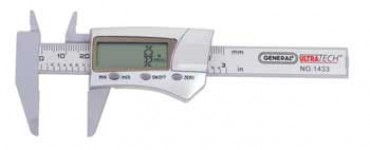toothless48
Mechanical
Hello,
I am dealing with a sealed, welded box beam (~8" x 8" x 36", 8mm wall thickness, low carbon structural steel) which acts as the backbone of a chassis frame. At some point, some small #6 tapped holes were drilled through the beam to mount a bracket. We have discovered, during a repair, that water has intruded into the cavity. We poured out about 1 liter of water. The tube has been inspected via boroscope, to reveal mild to moderate corrosion, but no significant material thickness loss. The interior surface of the beam is bare steel.
While the bulk of the water has poured out, the interior of the beam is still wet. In addition, the boroscope revealed small puddles of water due to internal welded features, which we will not be able to easily remove. The chassis frame undergoes a lot of motion, so the water will get splashed everywhere. Since the beam is effectively sealed, the water will not evaporate.
Two questions:
1. Will a wet surface, in a sealed environment, corrode significantly over time? Will the limited amount of water limit the corrosion that can take place?
2. Is there any kind of expanding foam, silica gel, or desiccant that would work well to dry the interior beam surfaces?
Thank you for your help.
Mike
EDIT: The source of the water intrusion is being corrected with Loctite, so we are just dealing with existing moisture.
I am dealing with a sealed, welded box beam (~8" x 8" x 36", 8mm wall thickness, low carbon structural steel) which acts as the backbone of a chassis frame. At some point, some small #6 tapped holes were drilled through the beam to mount a bracket. We have discovered, during a repair, that water has intruded into the cavity. We poured out about 1 liter of water. The tube has been inspected via boroscope, to reveal mild to moderate corrosion, but no significant material thickness loss. The interior surface of the beam is bare steel.
While the bulk of the water has poured out, the interior of the beam is still wet. In addition, the boroscope revealed small puddles of water due to internal welded features, which we will not be able to easily remove. The chassis frame undergoes a lot of motion, so the water will get splashed everywhere. Since the beam is effectively sealed, the water will not evaporate.
Two questions:
1. Will a wet surface, in a sealed environment, corrode significantly over time? Will the limited amount of water limit the corrosion that can take place?
2. Is there any kind of expanding foam, silica gel, or desiccant that would work well to dry the interior beam surfaces?
Thank you for your help.
Mike
EDIT: The source of the water intrusion is being corrected with Loctite, so we are just dealing with existing moisture.

